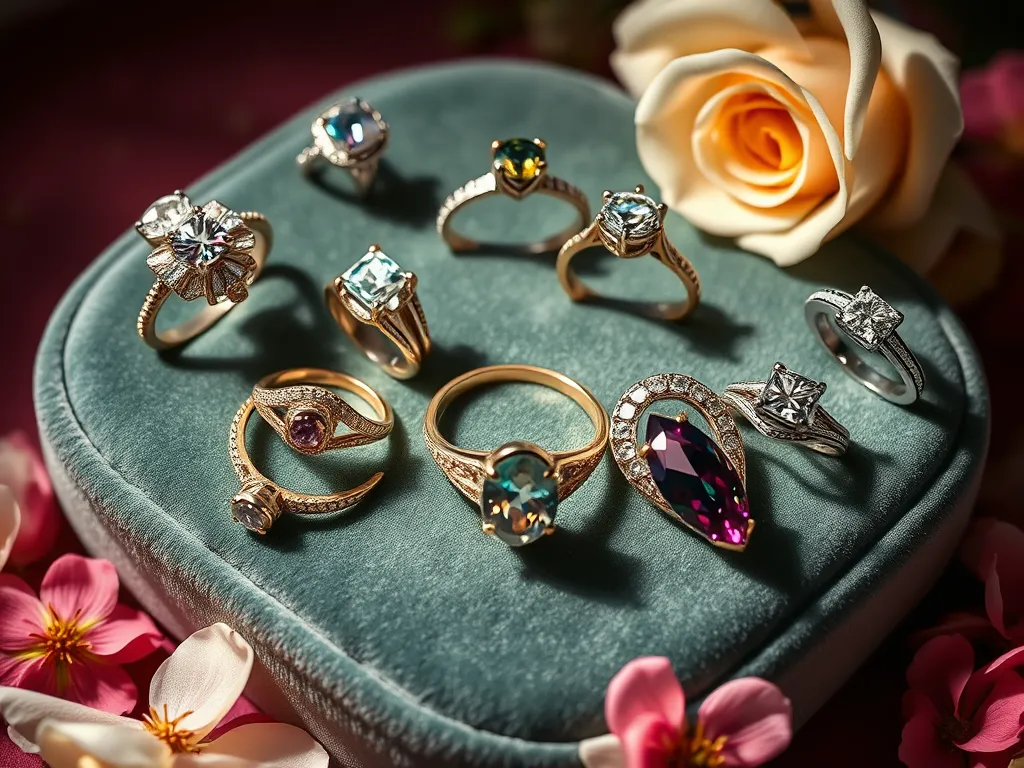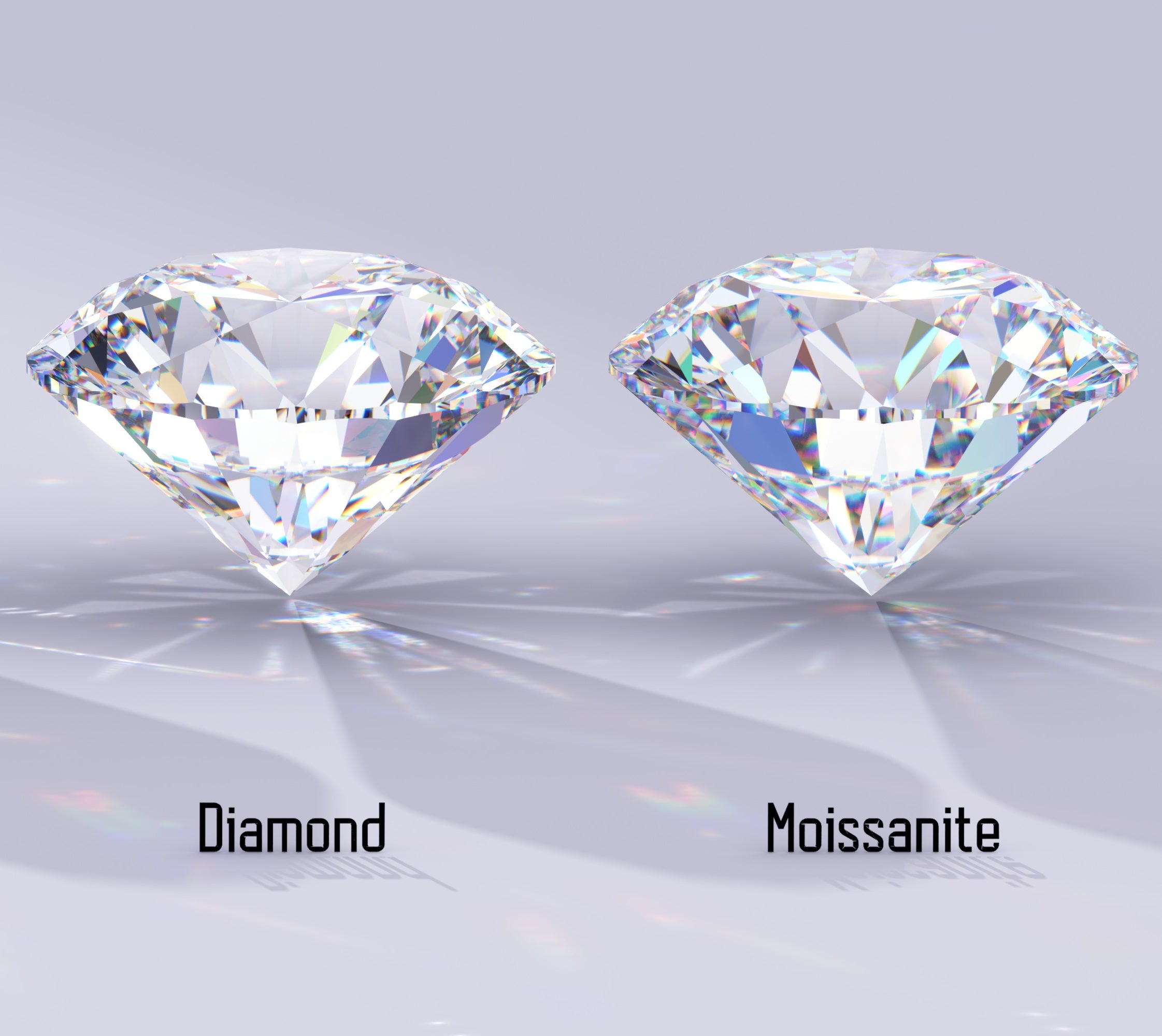When it comes to diamonds, the question that dominates the conversation isn’t about their history, how they’re formed, or even how they’re cut. Instead, it’s about value: How much is a diamond really worth? This simple yet significant question has puzzled countless buyers, sellers, and jewelers alike for decades, as determining a diamond’s true worth isn’t always as straightforward as it seems.
The Diamond Pricing Puzzle
To truly understand the complexity of this question, we need to first grasp that the value of a diamond is not fixed. Unlike gold or other precious metals, diamonds are unique and can vary greatly in price based on several factors. While there are standard systems in place to guide this pricing (such as the famous “4 Cs” system), the final price of a diamond can be influenced by various market forces, brand recognition, and even personal preferences.
The 4 Cs: The Foundation of Diamond Value
The “diamonds #1 question” — Cut, Clarity, Color, and Carat weight — are the fundamental criteria used to assess the value of a diamond. Each of these factors contributes to the overall appearance and rarity of the stone, which in turn impacts its price:
- Cut: The cut of a diamond refers to how well the diamond has been shaped and faceted. A well-cut diamond maximizes the stone’s brilliance, and this is arguably the most important factor in determining a diamond’s beauty and value.
- Clarity: This refers to the presence of internal or external imperfections (called inclusions and blemishes). The fewer the imperfections, the higher the clarity grade and, typically, the higher the value.
- Color: Diamonds come in a range of colors, from colorless to yellow or brown. The closer a diamond is to being colorless, the rarer and more valuable it is.
- Carat Weight: A diamond’s carat weight measures how much it weighs, with one carat being equal to 0.2 grams. Larger diamonds are rarer, which generally makes them more expensive. However, the value doesn’t increase linearly with weight — a 2-carat diamond is not necessarily twice the price of a 1-carat diamond.
These 4 Cs serve as a baseline for pricing, but they only scratch the surface of the diamond valuation process. There are other less visible but influential factors at play.
Market Forces and Supply & Demand
One of the most surprising factors in determining a diamond’s worth is the market itself. The diamond industry is heavily influenced by global supply and demand dynamics. For instance, diamonds are traditionally rare, but mining practices and discoveries in new sources can impact their availability and pricing.
De Beers, one of the most dominant players in the diamond market, has historically managed supply to maintain high prices, even though diamonds may not be as scarce as they once were. Today, with the emergence of synthetic diamonds, which are produced in labs, the market is seeing new shifts in diamond pricing.
The rise of synthetic diamonds has raised a critical question for buyers: Are synthetic diamonds worth as much as natural ones? While some argue that lab-grown diamonds offer the same visual appeal at a lower cost, others still favor natural lab diamonds for their perceived rarity and traditional allure.
Brand and Provenance
Diamonds associated with well-known jewelry brands like Tiffany & Co. or Harry Winston can command a premium simply because of the brand’s reputation. A diamond’s provenance, or the story behind it (whether it comes from a famous mine or was part of a historical collection), can also add to its value.
Additionally, diamonds with certifications from prestigious gemological laboratories, such as the Gemological Institute of America (GIA), can hold higher value. These certifications ensure the diamond’s quality is recognized worldwide, which is crucial for buyers looking for transparency in their investment.
Emotional and Personal Value
Perhaps the most subjective element in determining a diamond’s worth is its emotional and personal value. Diamonds are often purchased for significant milestones, such as engagements, weddings, or anniversaries. For the person buying the diamond, its value may be linked to the sentiment behind the occasion, which can be much greater than the stone’s intrinsic qualities. This emotional connection can sometimes make buyers willing to pay more than they would for other types of jewelry or gemstones.
The Diamond Debate: Is It Worth It?
The ultimate question of whether a diamond is worth the price often leads to the debate of perceived value versus intrinsic value. Some argue that diamonds are overpriced due to marketing and manipulation of supply. Others see them as timeless symbols of wealth, love, and prestige.
In recent years, consumers have become more aware of alternative investments and are questioning whether diamonds hold their value as much as other assets like real estate or stocks. In fact, some people are opting for alternative gemstones or even choosing synthetic diamonds for their ethical and environmental benefits.
Conclusion: Worth More Than a Price Tag?
While determining how much a diamond is really worth can be a challenging question to answer, the value of a diamond often comes down to personal perception and individual priorities. For some, the price is justified by the quality of the stone and its place in their lives. For others, the market-driven prices of diamonds can seem inflated or out of reach.
What remains clear is that a diamond’s value is more than just a price tag—it’s a combination of factors like its craftsmanship, rarity, market dynamics, and the emotions it evokes. The diamond industry will likely continue to evolve, but the question of its true worth will always remain a captivating one.










